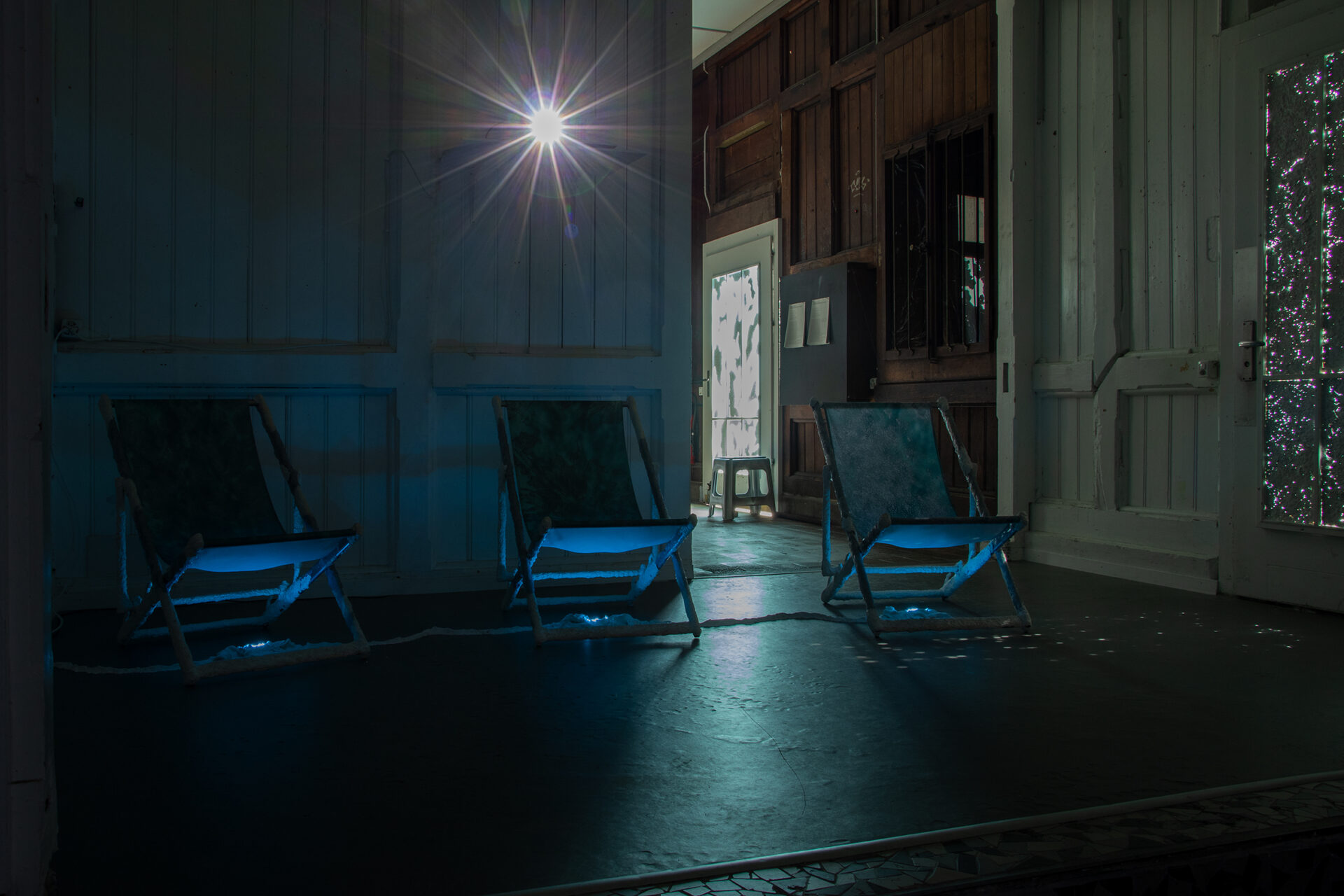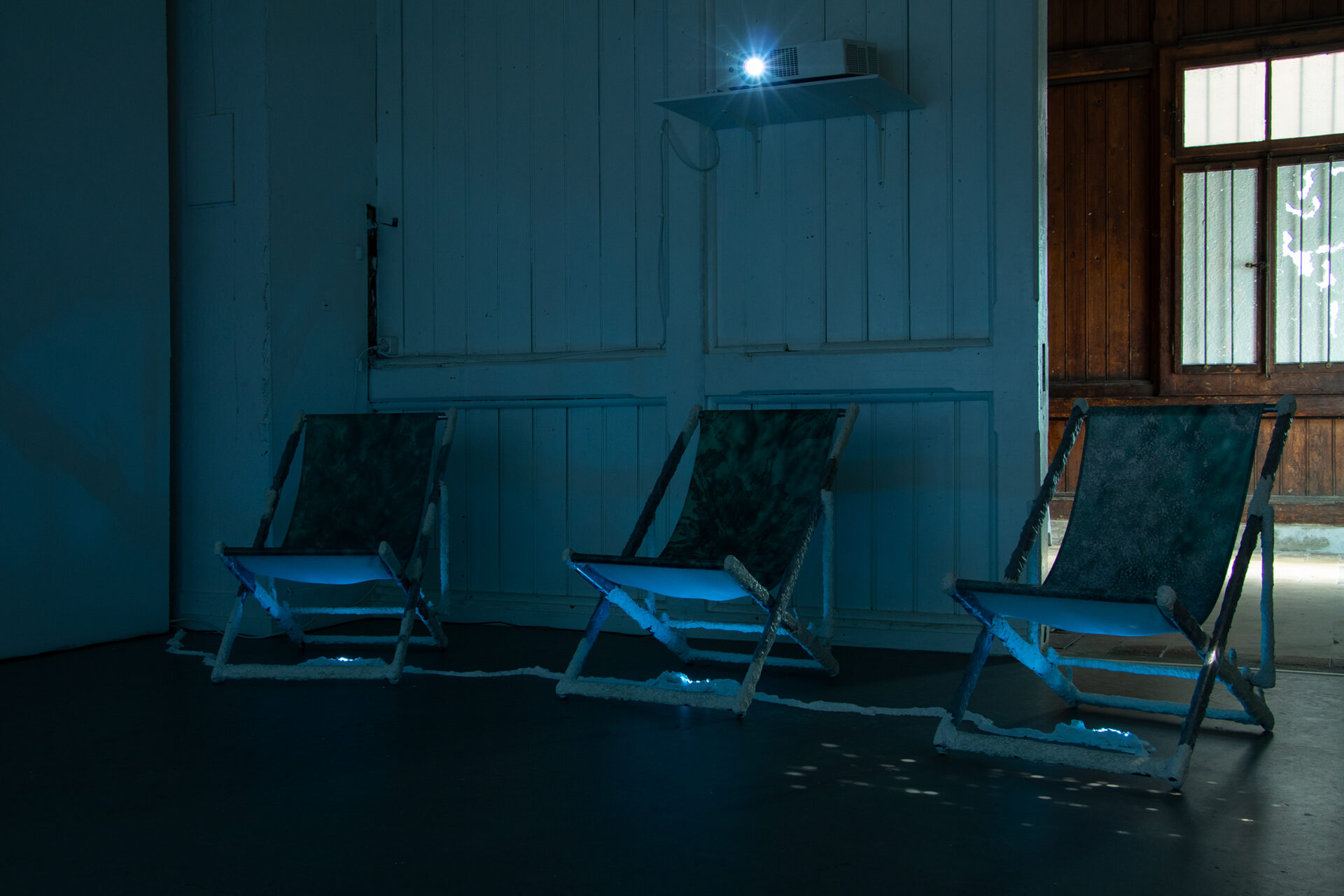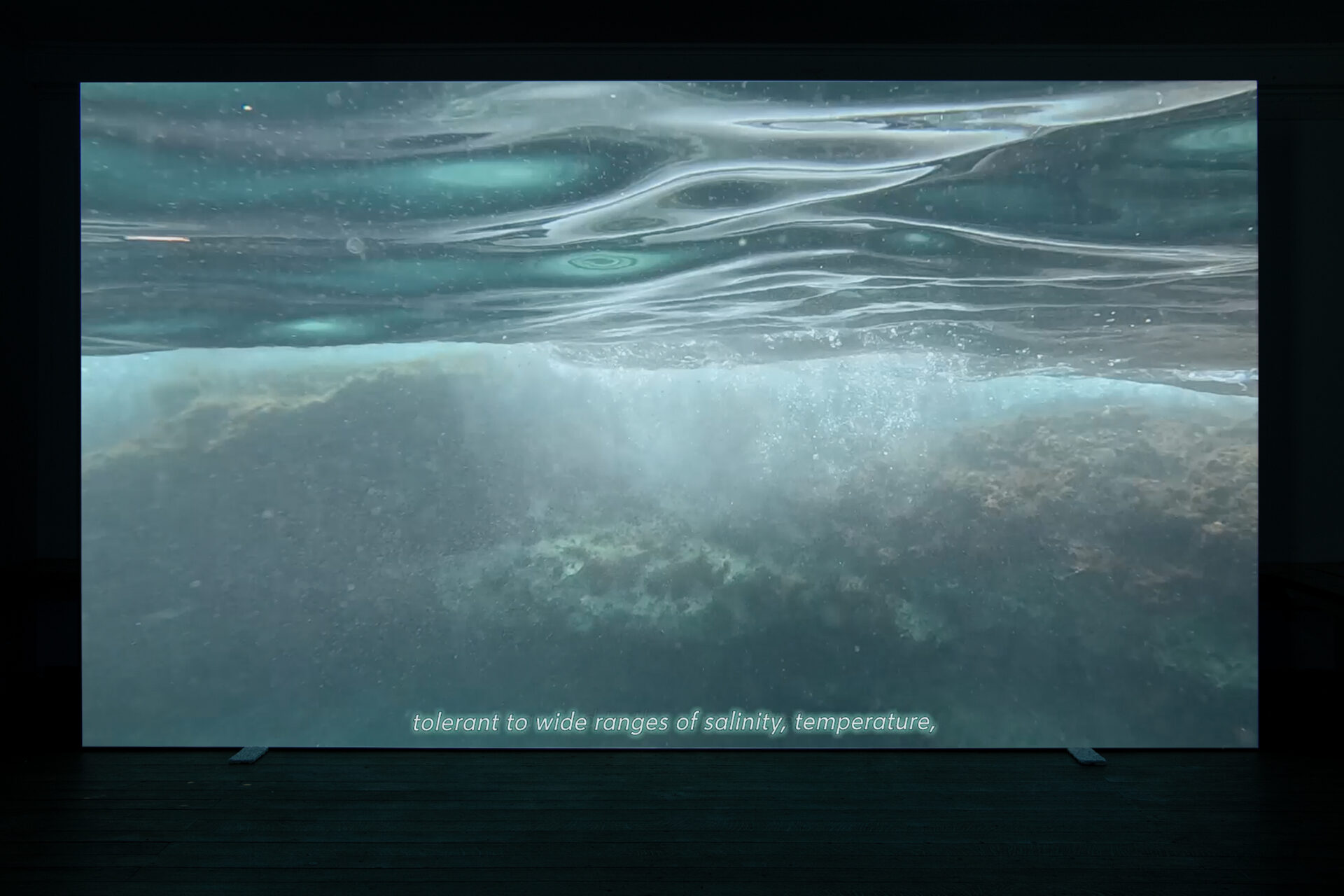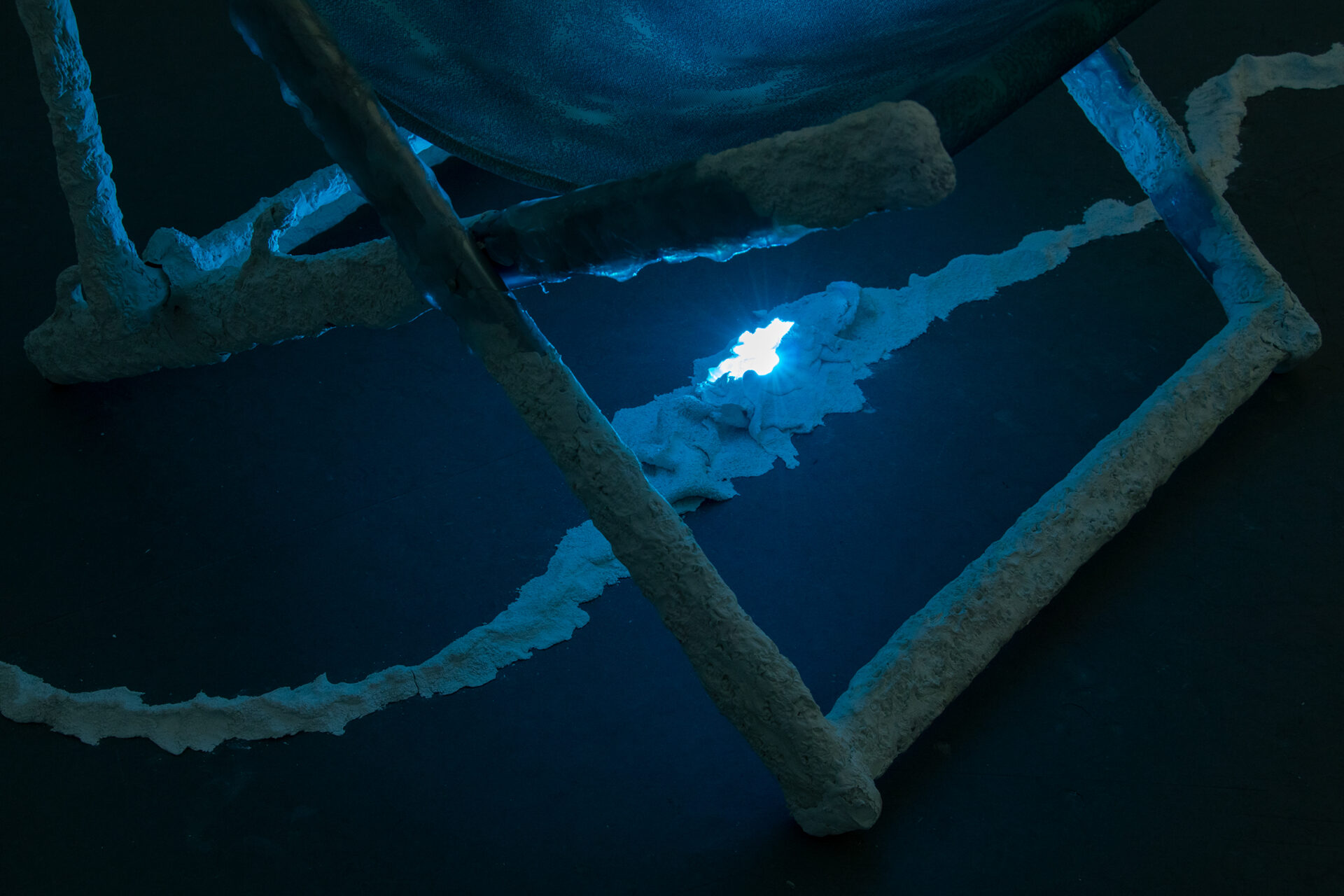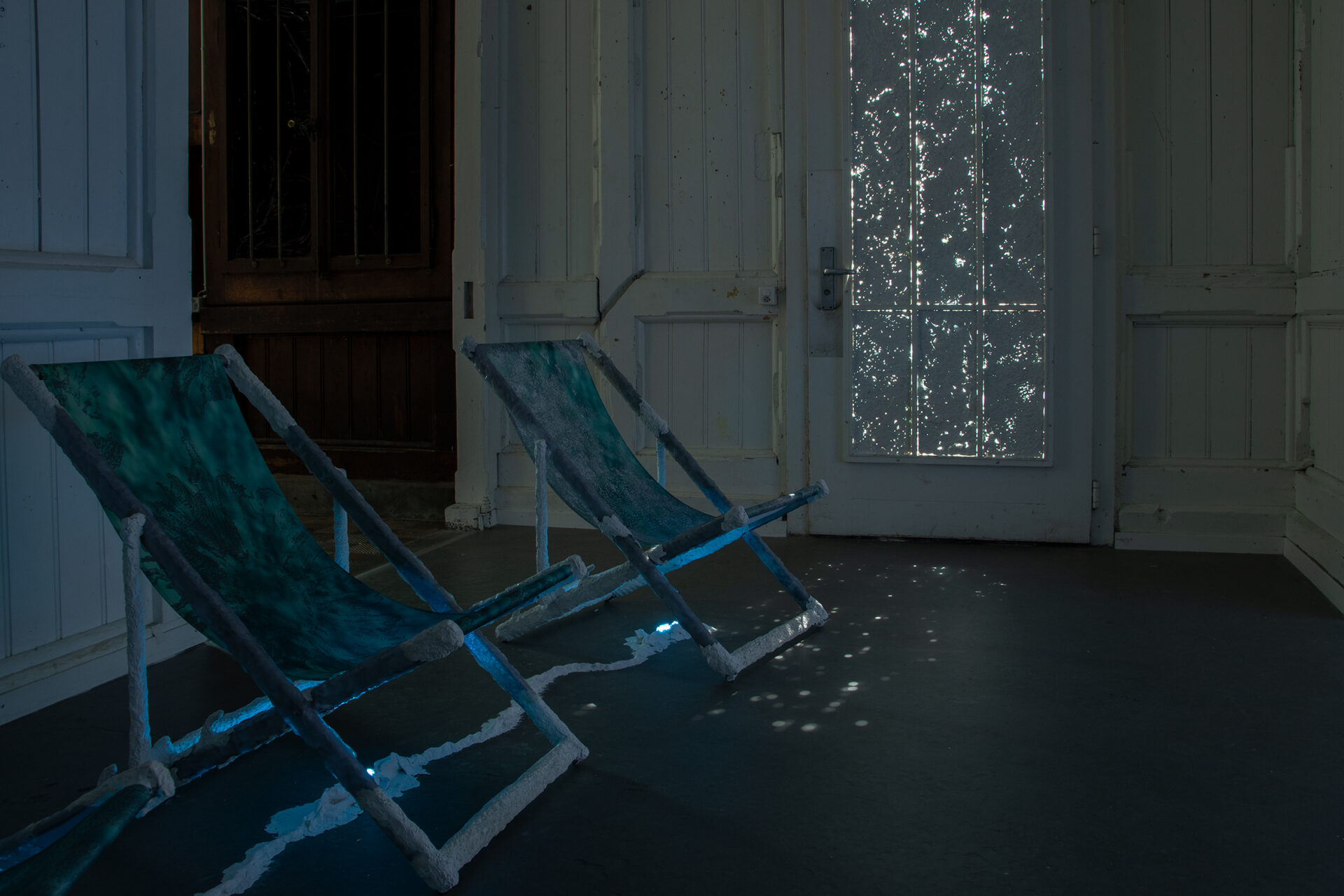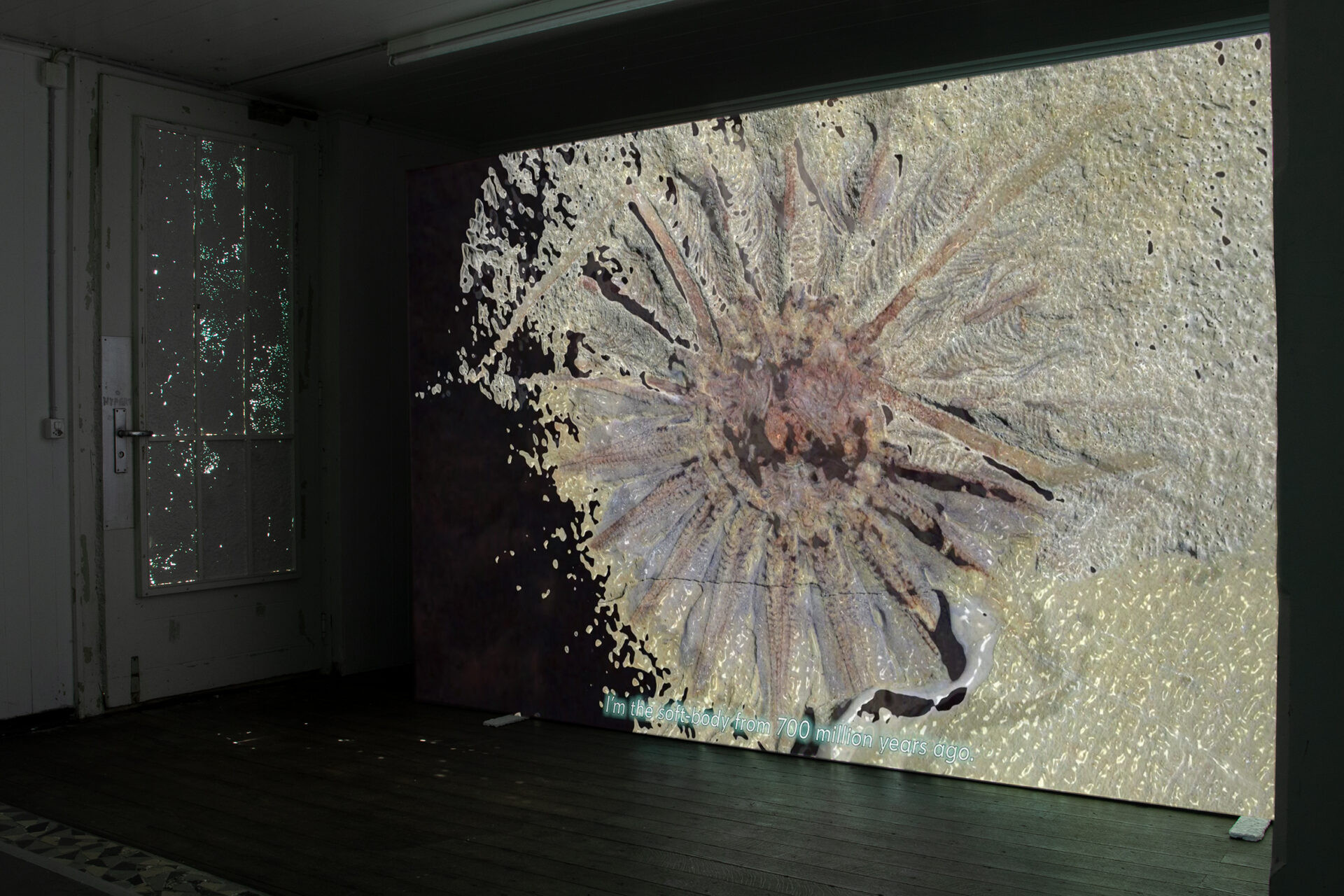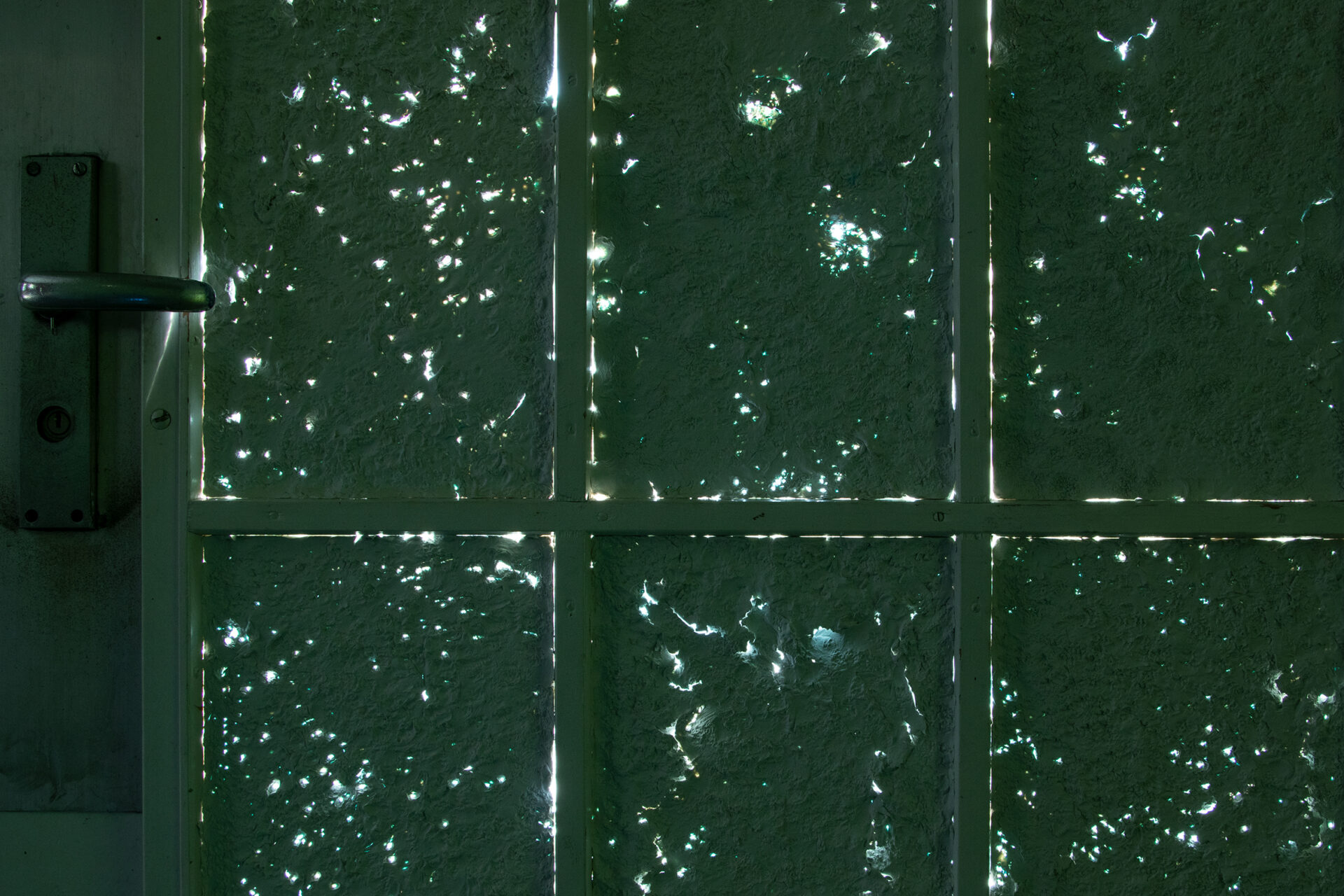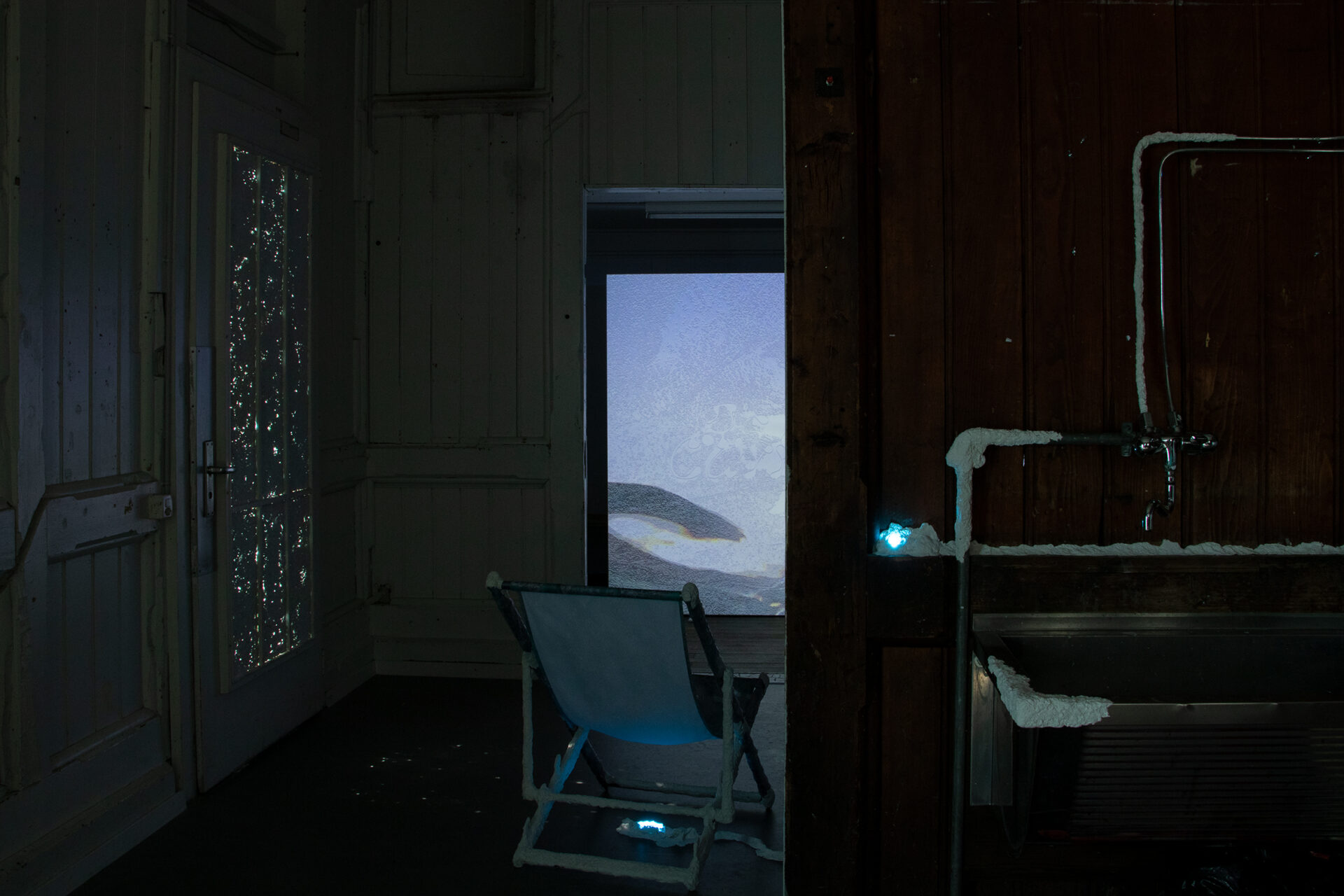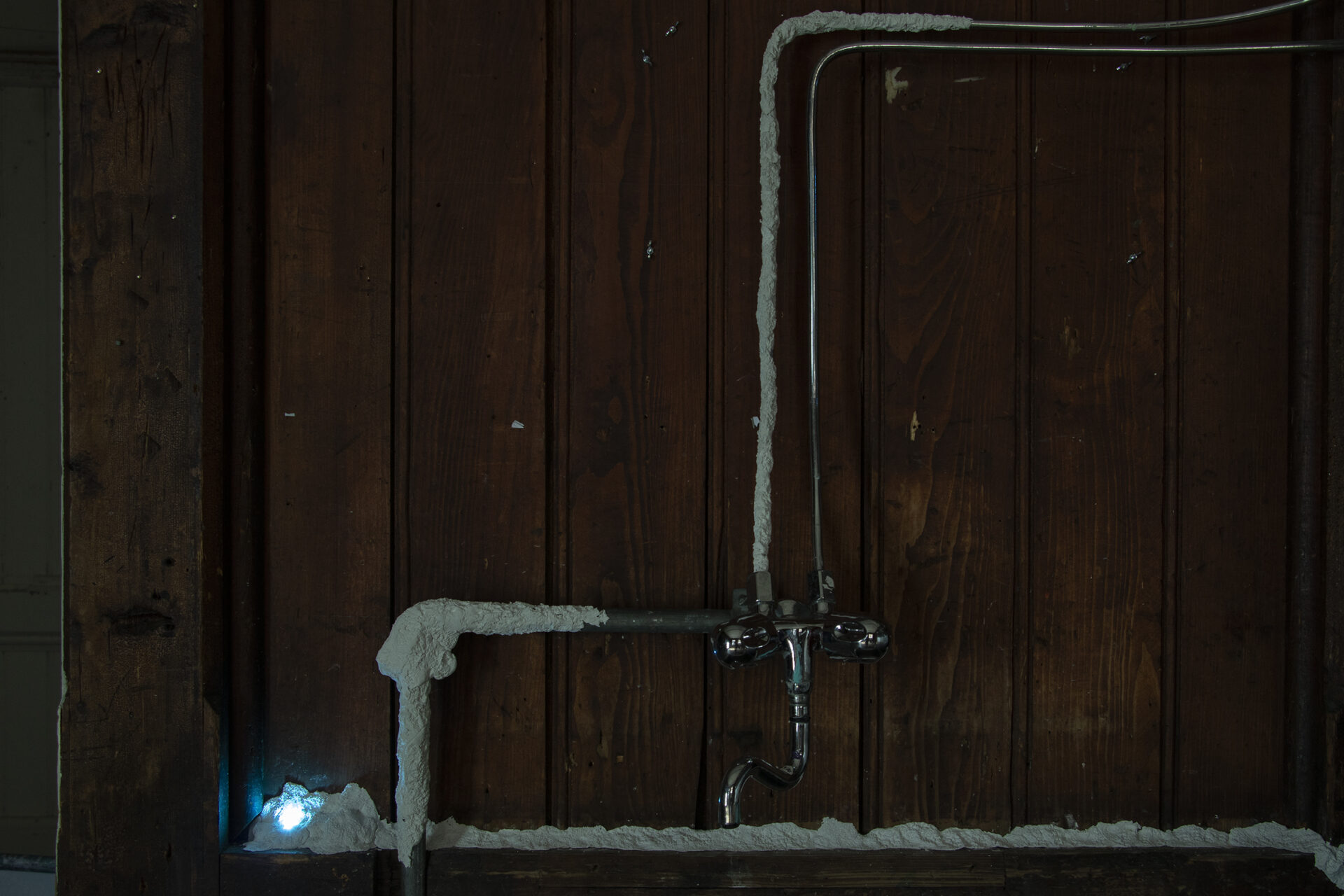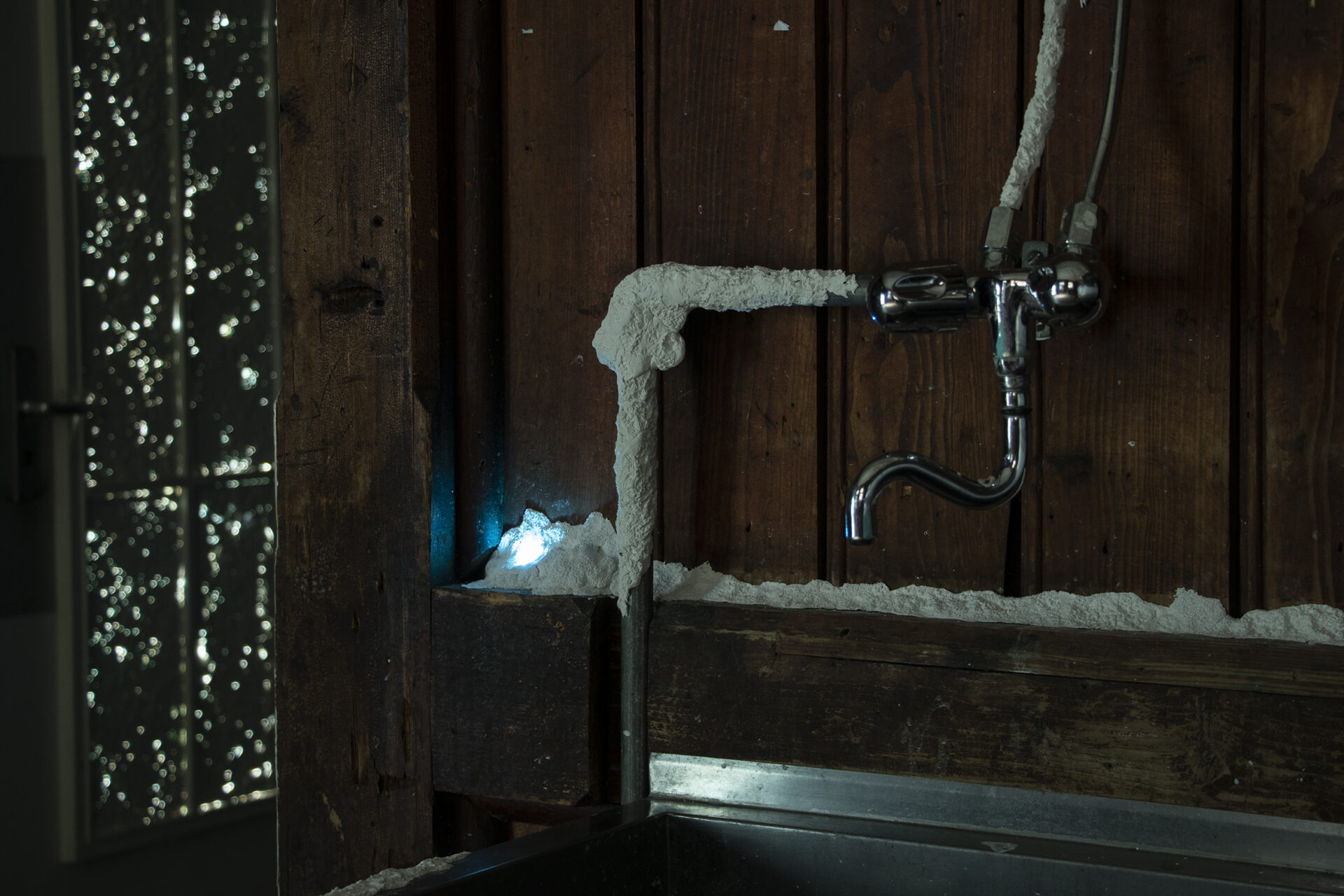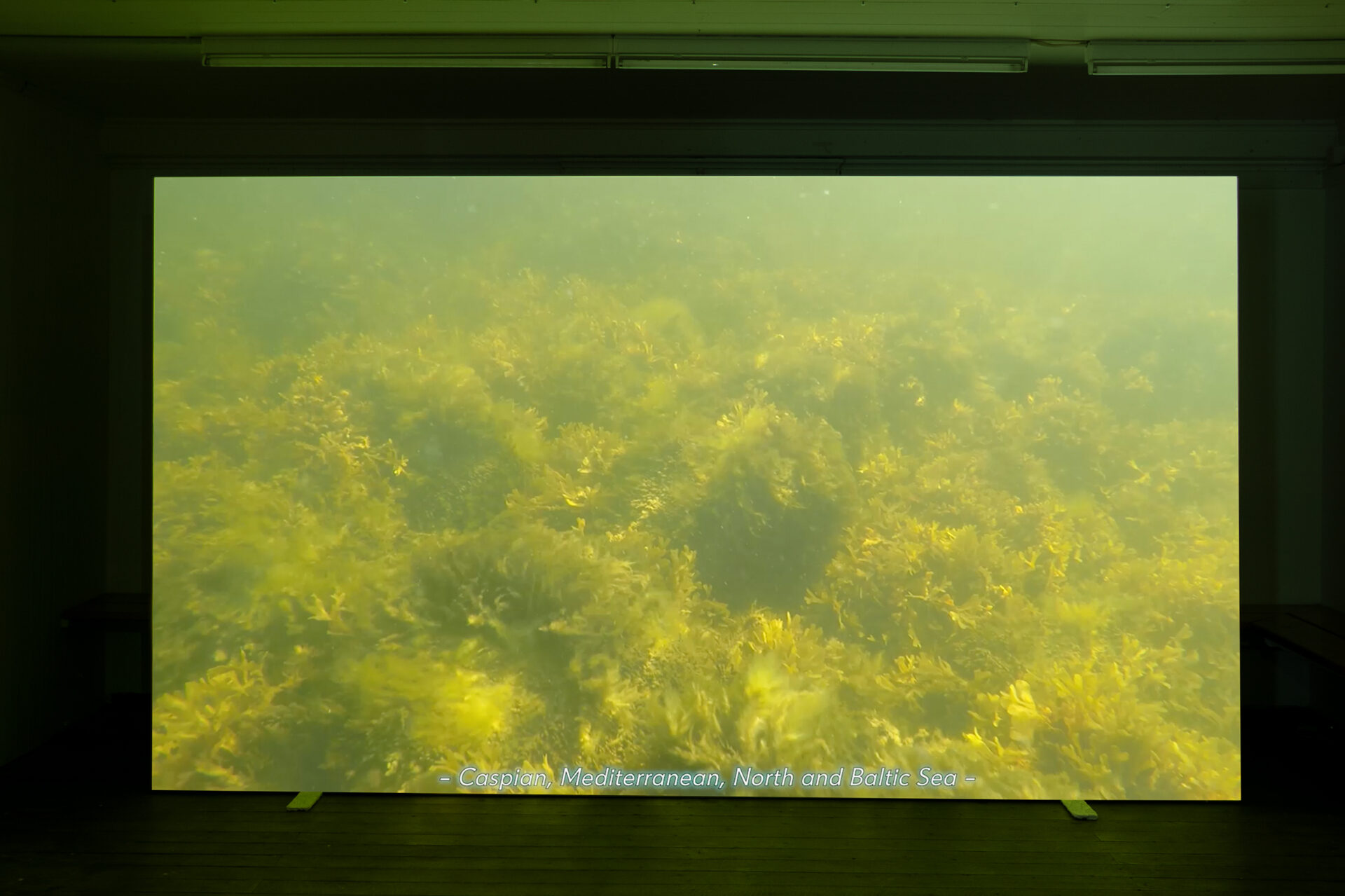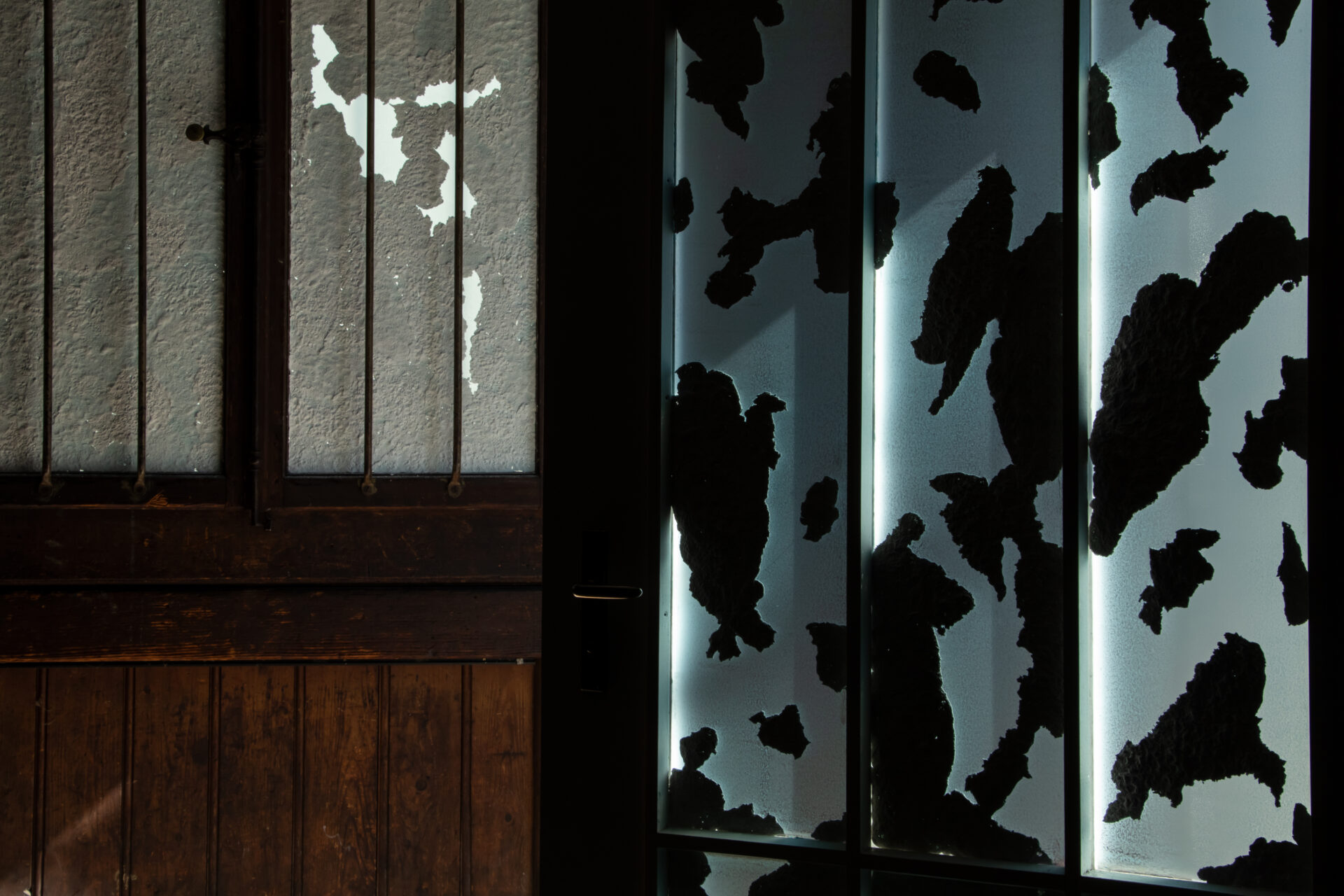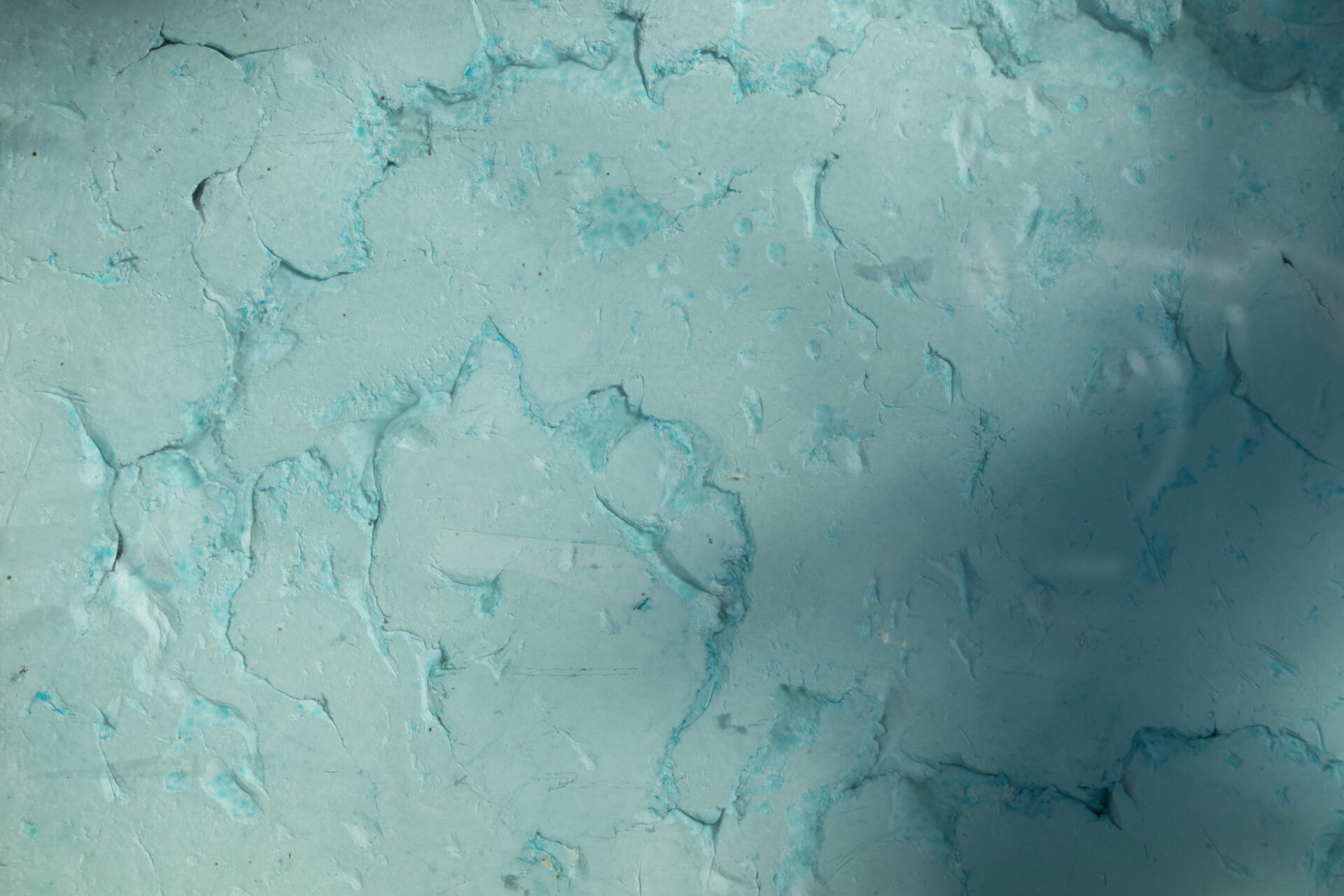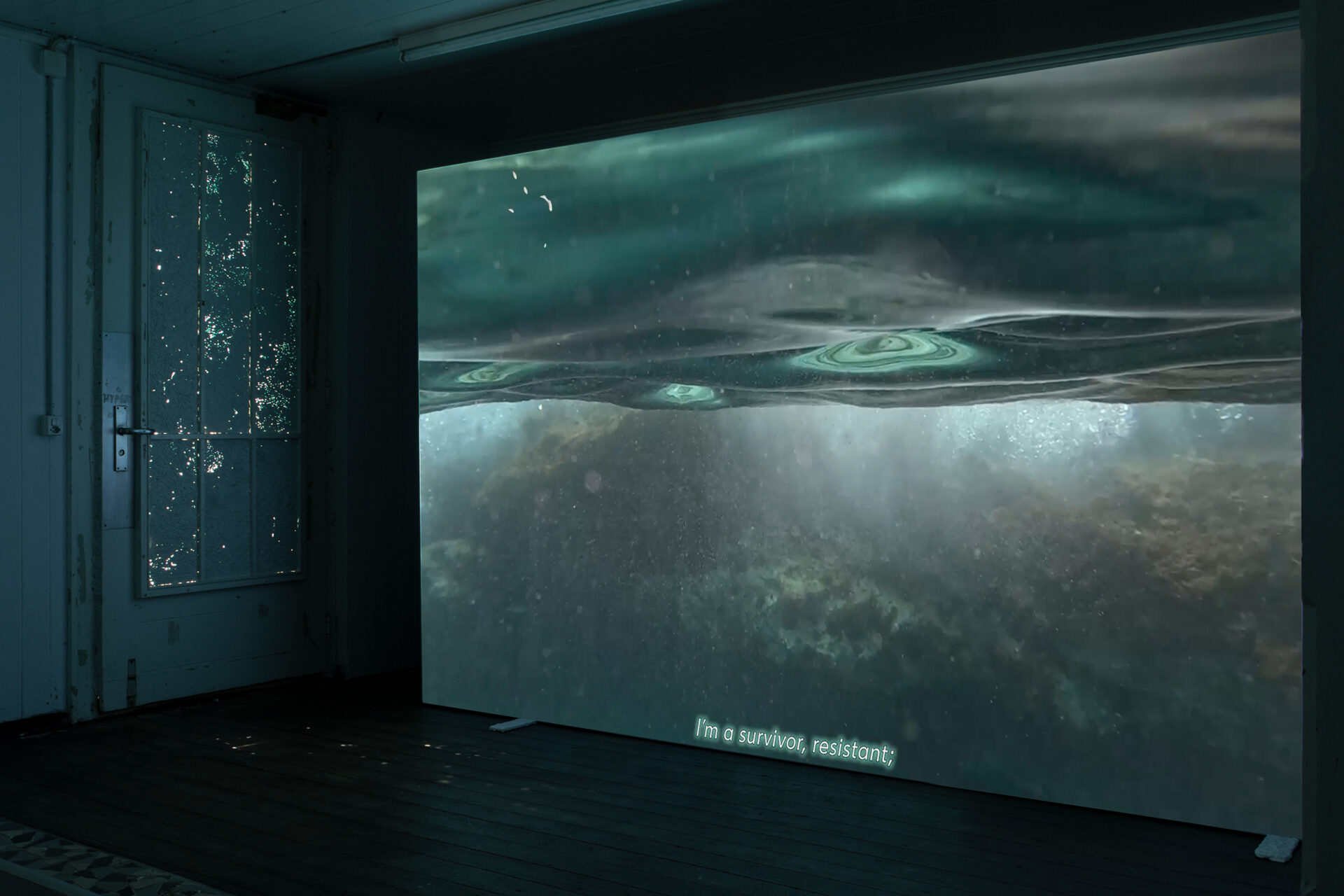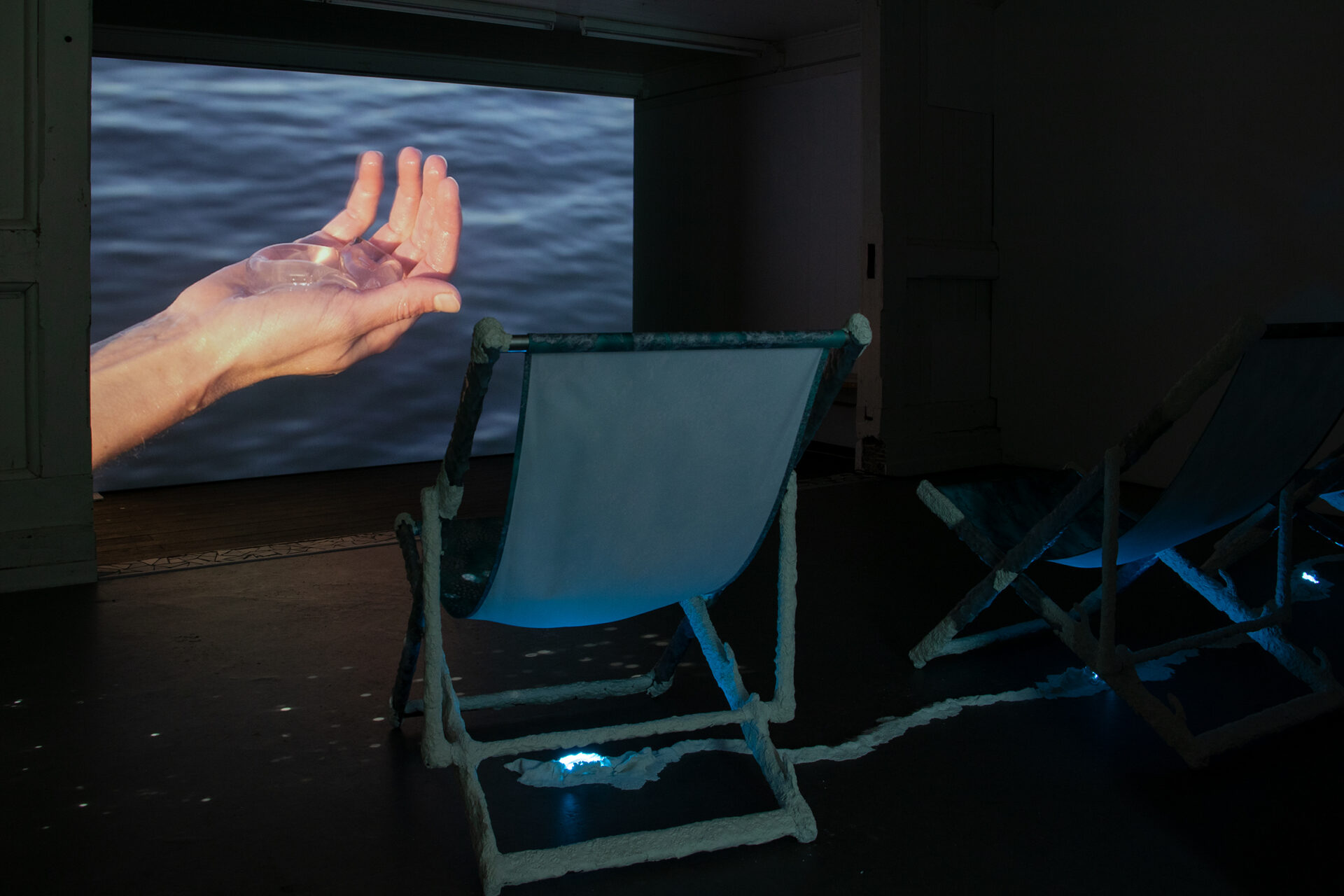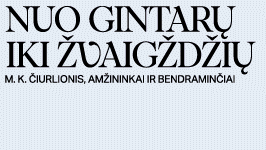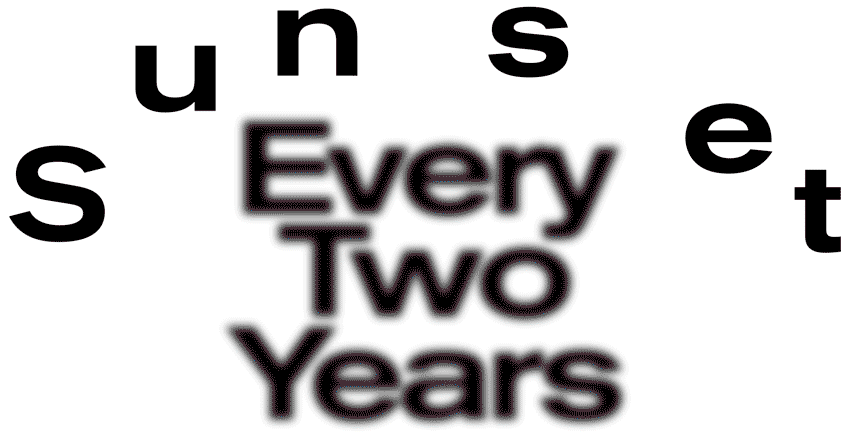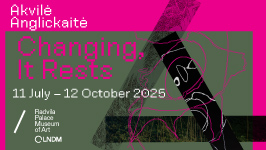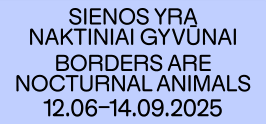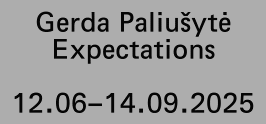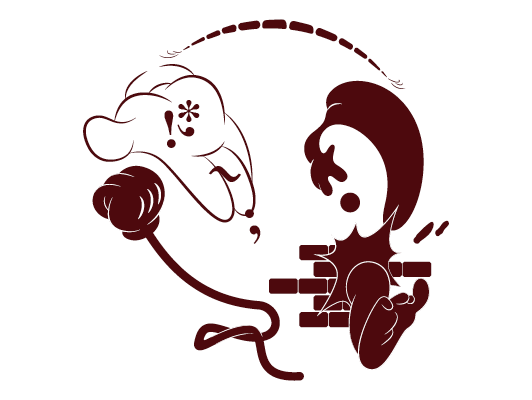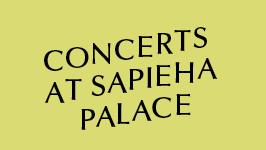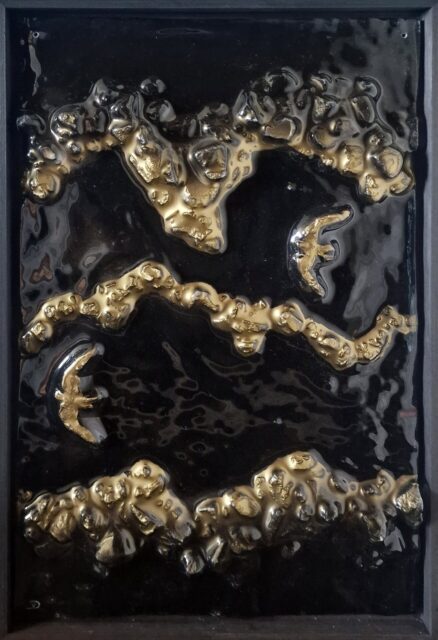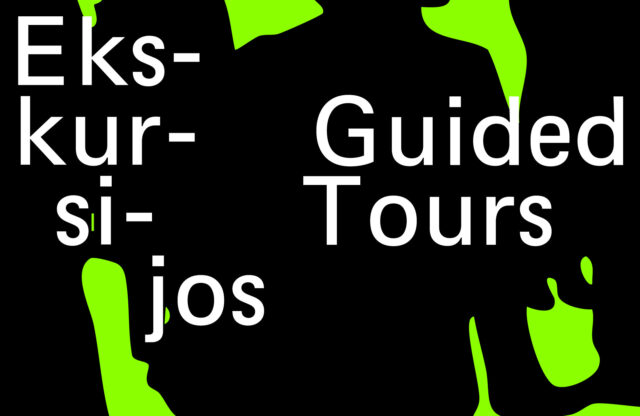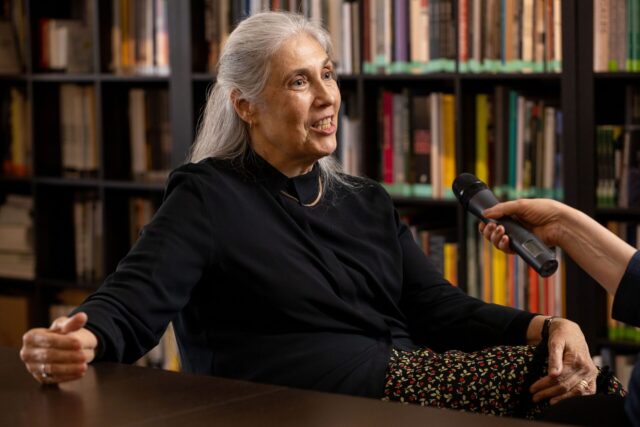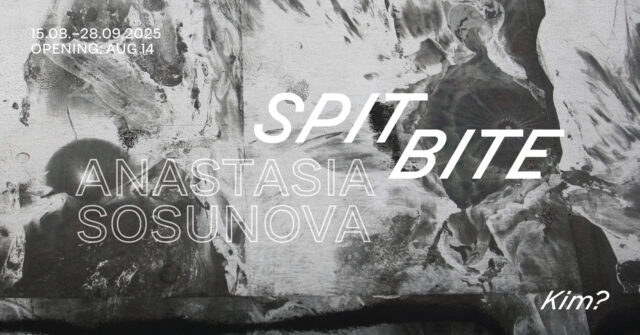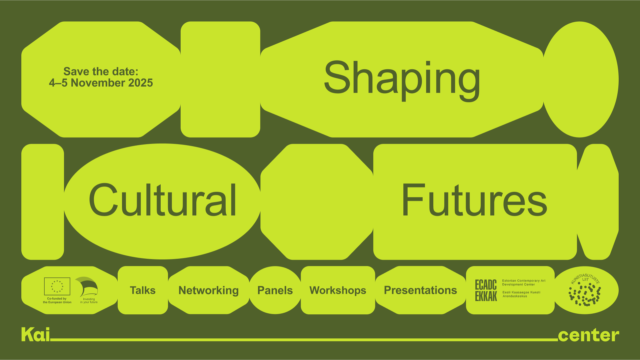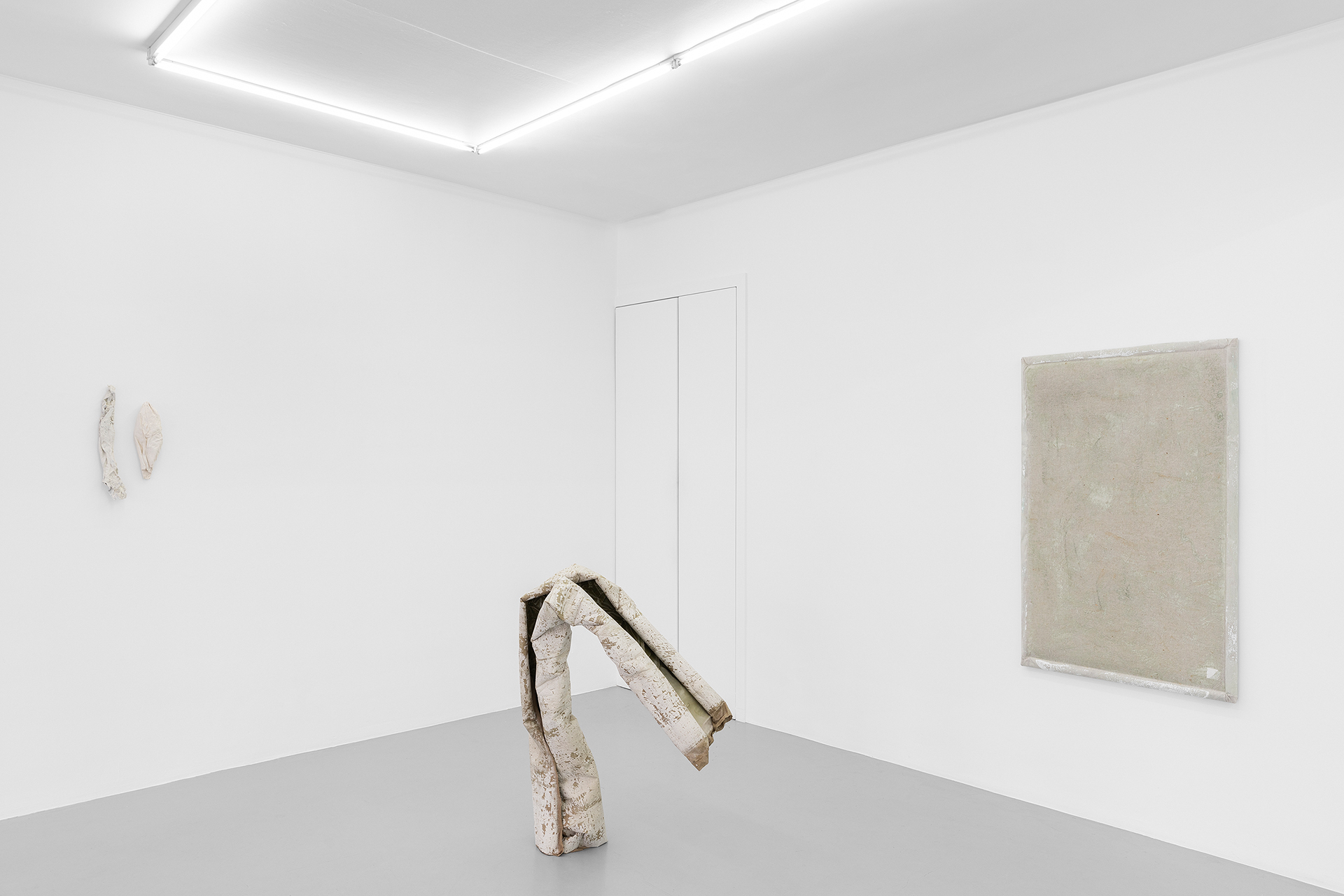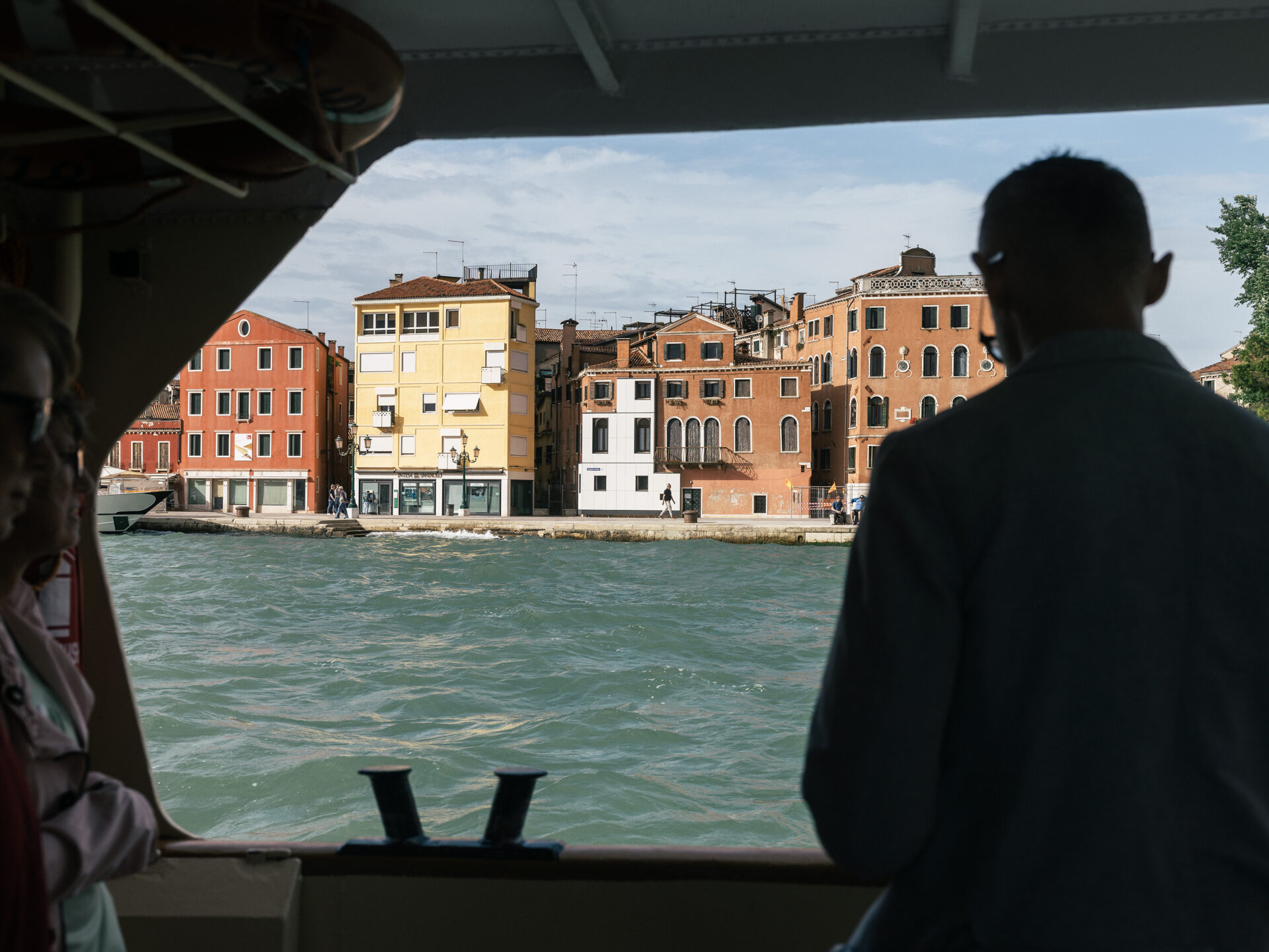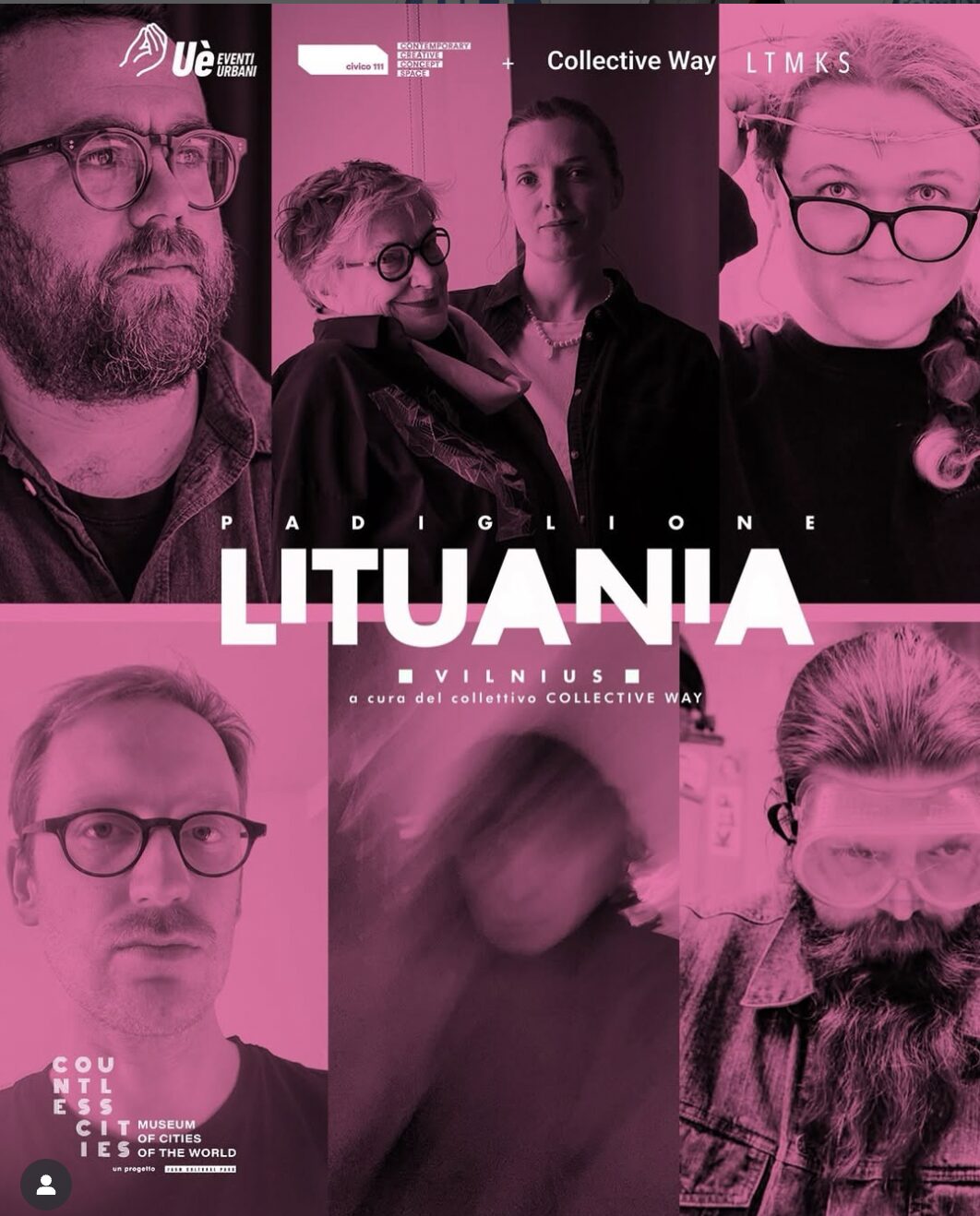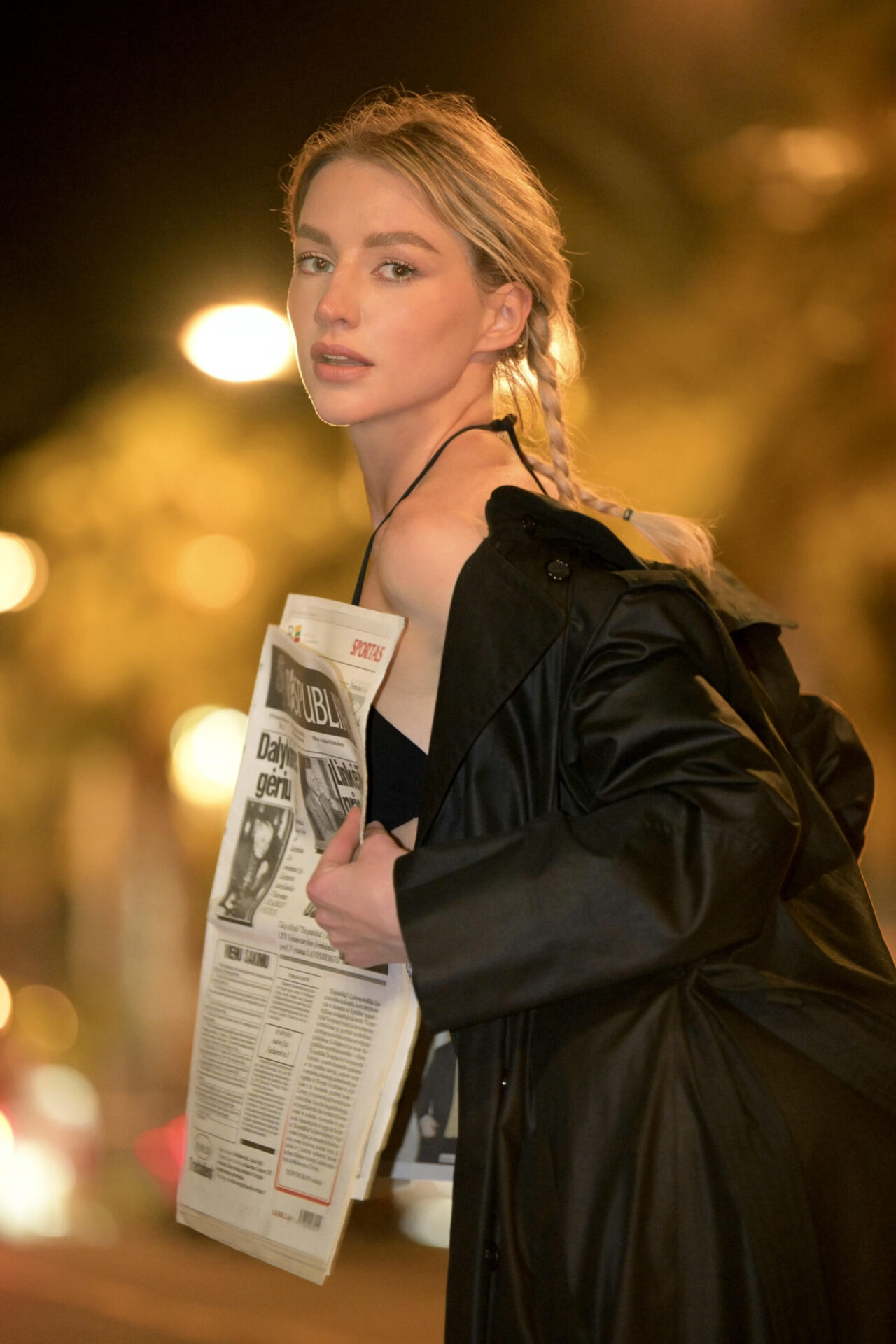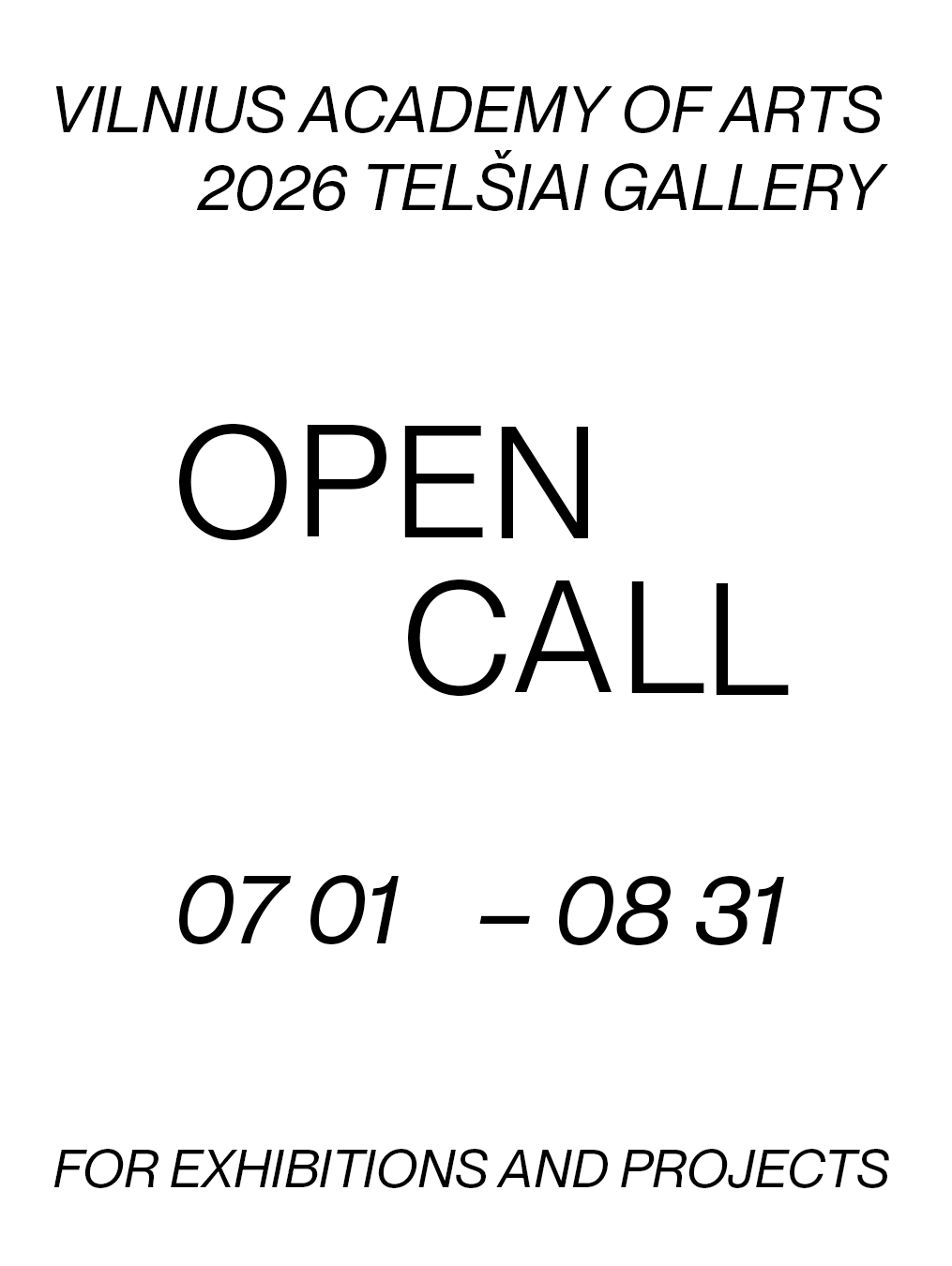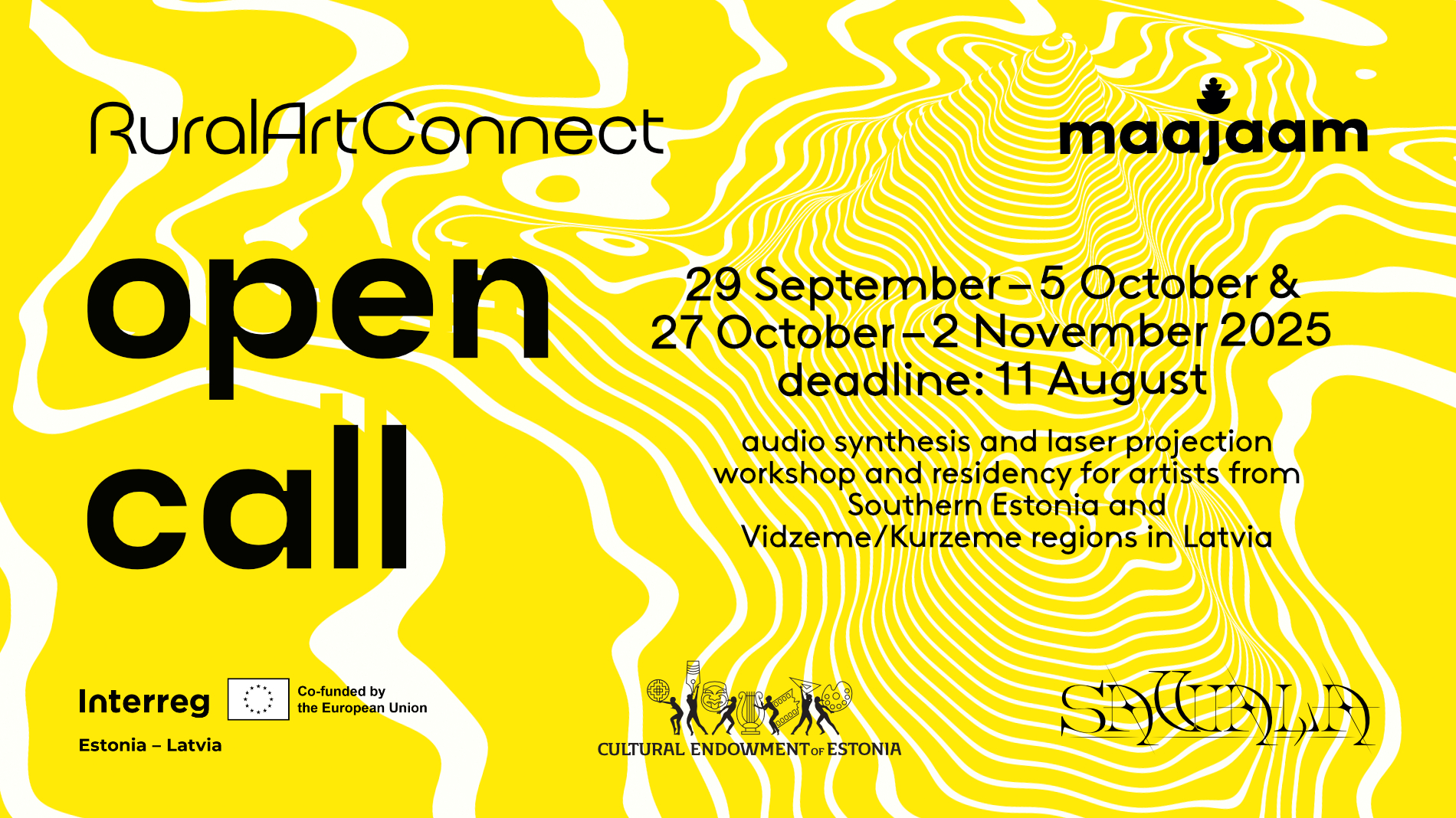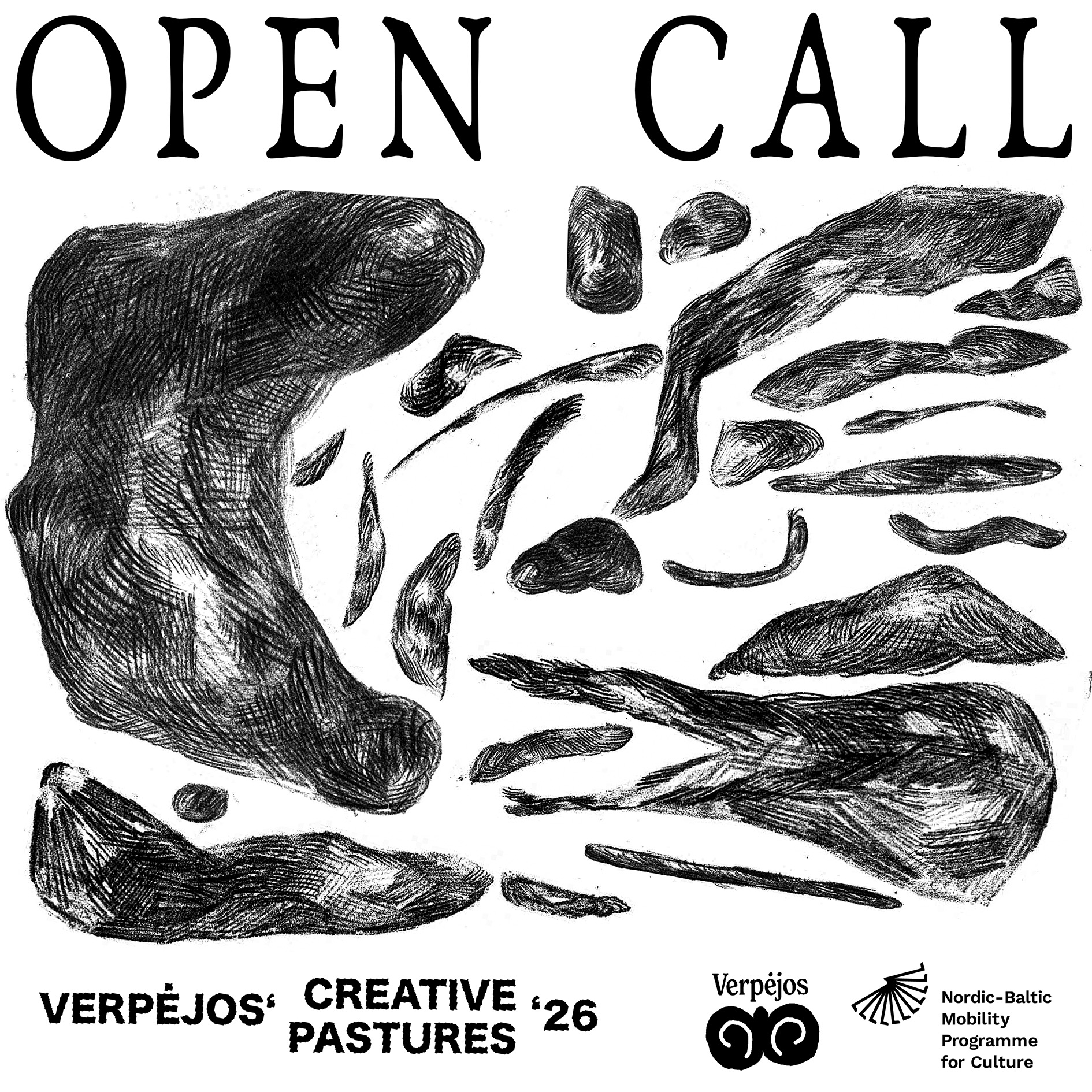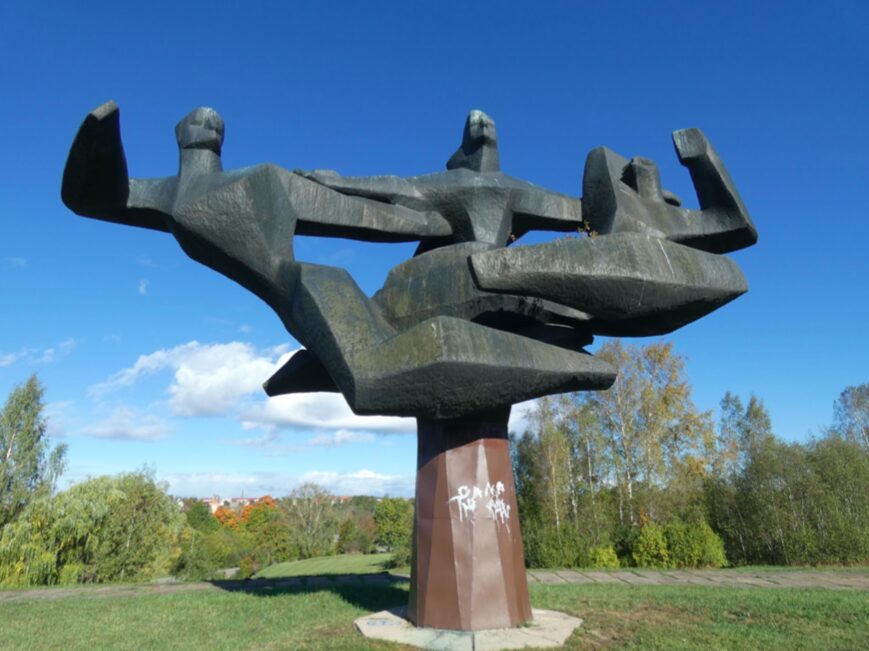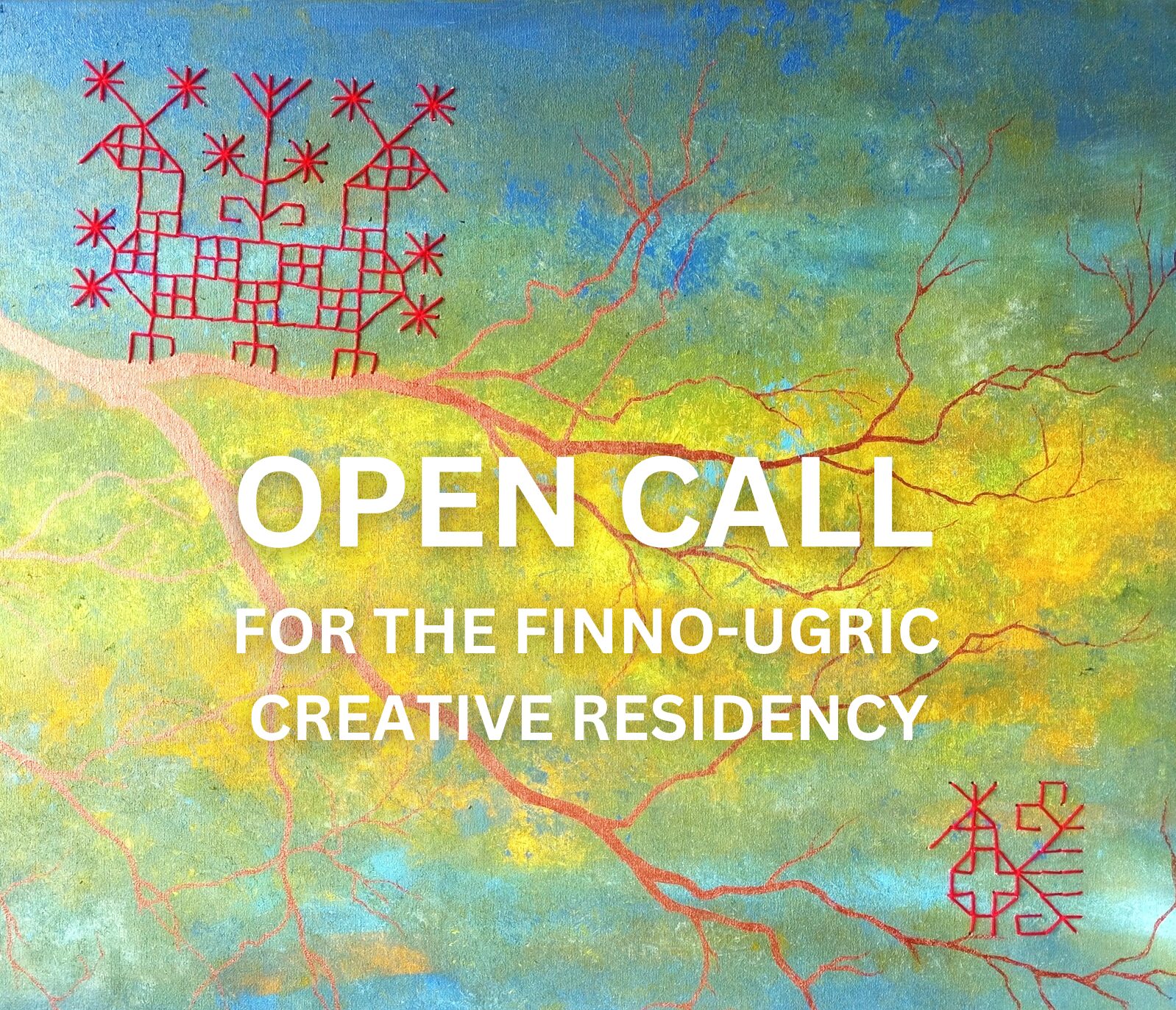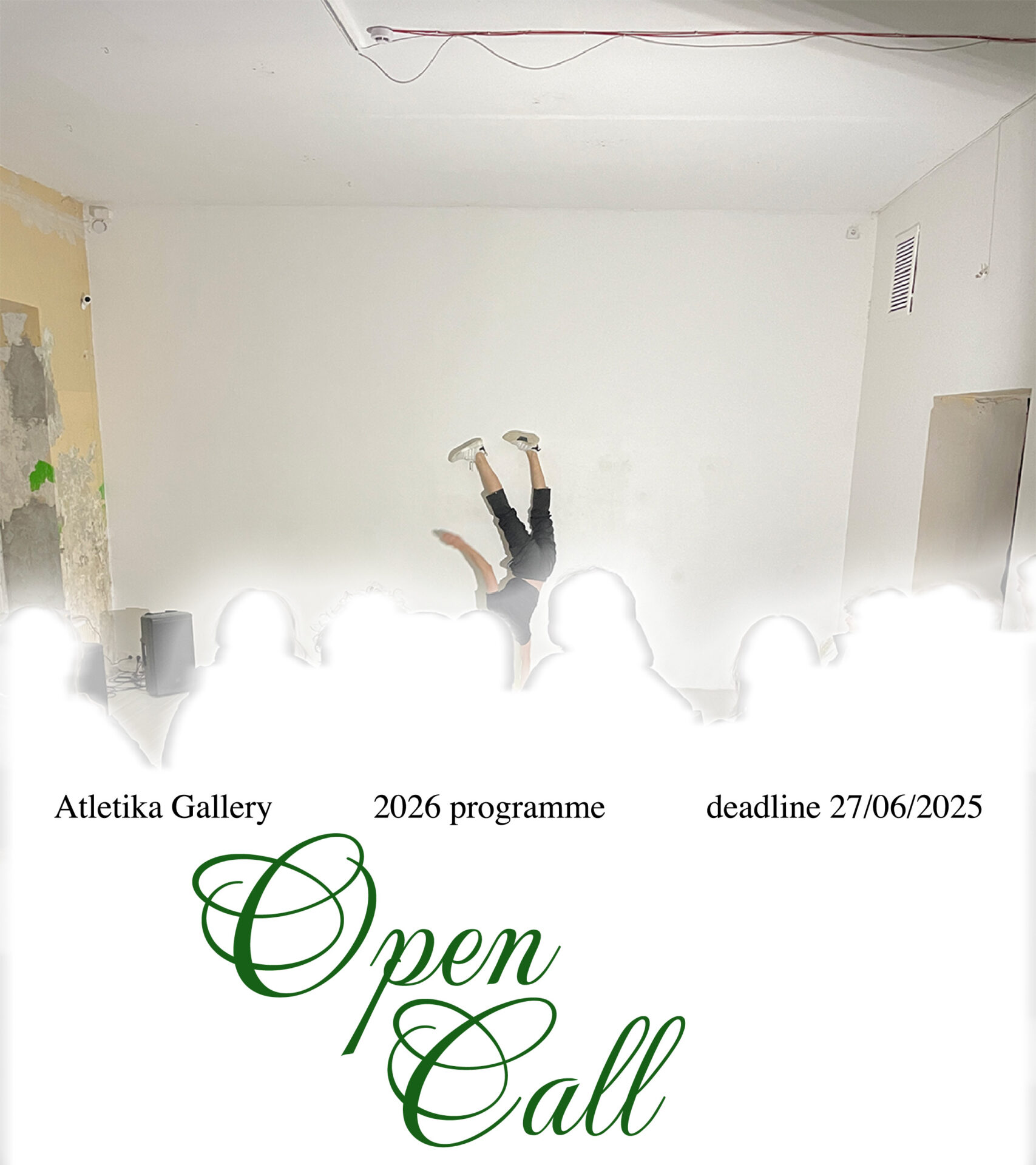I’m a wanderer, drifting through the waters,
from its deep past and within its shallow present.
Moved by the ocean, its tides and currents,
as well as by the flows of economics, geopolitics and power,
I’m carried across the ocean.
For a long time, you’ve been questioning:
“Who were the earliest animals to emerge?”
Yet only very recently, you came across my ancient-self.
Breaking off from the common ancestor of all animals,
being the earliest carrier for the body you’ve evolved from,
and carrying today – I’m the soft-body from 700 million years ago.
“As Earliest Carrier Emerge “is an installative duo exhibition by Kristina Õllek and Kert Viiart, merging Grand Palais Bern’s history of being a waiting room into a translucent, aquatic, and fossilised environment. The exhibition features the same-titled video installation (2024), which blends fiction with documentary to explore the world from the perspective of Ctenophores (comb jellies) – the earliest animals to evolve on Earth, approximately 700 million years ago. There has long been a debate (which continues today) on which animal came first, and this knowledge and presence of the comb jellies as first animals were determined only in May 2023 (Nature). Ctenophores drifted through the waters both then and now. Transparent and gelatinous, Ctenophores are invertebrates whose bodies consist of 95% water. They are highly resilient, capable of surviving in a wide range of salinity, temperature, and other environmental conditions. As hermaphrodites, they can self-fertilize. Originally native to temperate and subtropical estuaries along the Atlantic coast of North and South America, Ctenophores arrived in the Black Sea in the early 1980s through ballast water from ships (or currency), where they had a significant impact on the aquatic ecosystem. Within a decade, they spread to the Caspian Sea and all European seas. Since 2000, they have been listed among the “100 most invasive species on Earth”. While being the carrier of life, they’ve become seen as the notorious ecosystem “invader”. But what counts as “invasive” species? Who “invades” who?
Light shimmers through the blue tinted windows and fossilized-like sediments darken the room, which reflects the underwater world. From the outside, the house seems as if a living organism would have taken over Grand Palais, pressing prolifically against the windows.
Curated by Grand Palais Team / Daria Gusberti and the artists.
The exhibition is supported by the Cultural Endowment of Estonia.
As the Earliest Carrier Emerges (2024/2025)
Kristina Õllek & Kert Viiart
4K Video 10′ 10, beach chairs, digital prints on textile, clay, silicone, blue filter, LED lights, clay on the windows, blue coloured milk paint on the windows.
Video cinematography, montage, text, sound design: Kristina Õllek & Kert Viiart
Music: Norman Orro
Kristina Õllek (b. 1989) is a visual artist based in Tallinn, Estonia. She’s working with photography, video, installation, as well as microbial and chemical processes, with a focus on investigating aquatic ecosystems, geological matter, and the human-altered environments. In her practice she uses a research-based approach, but within she also incorporates her own fictitious and speculative perspectives. In particular, she’s focused on the marine habitat and the notion of new technologies, including the geopolitical and ecological conditions associated with them. Within the past seven years, her work has engaged with the fragile ecosystem of the deep sea, been floating on the coasts of the North Sea, sunken into the hypoxic zones of the Baltic Sea; and thinking with the aquatic organisms, such as cyanobacteria, as well as the filter feeders, the living archives of our polluted environment.
With her work, she raises questions around the relationship between natural and synthetic, and understandings of materiality by obtaining a new and reconsidered meaning. She is interested in stretching out the boundaries of what we can see and use as an image and space, especially in the age of rapidly developing and highly manipulative technology. Kristina Õllek’s practice is often site-sensitive and analyses the location and the format of exhibition-making, questioning the display and the politics of installation in a perspective of a historical museum to an online space and future archeology. Her works have been shown in numerous international group and solo exhibitions, including at KUMU Art Museum of Estonia (Tallinn), Kai Art Center (Tallinn), State of Concept (Athens), La Traverse (Marseille), L’Atlas (Paris), Zeppelin Museum (Friedrichshafen), Henie Onstad Kunstsenter (Oslo), A Tale of A Tub (Rotterdam), Screen City Biennial (Stavanger), Fotomuseum Winterthur.
Kert Viiart (b. 1989) is a graphic designer and visual artist based in Tallinn, Estonia. He graduated from the Royal Academy of Art, The Hague (MA degree in 2020 as part of the graphic design department programme Non-Linear Narratives). In his artistic practice, he is analyzing the sociopolitical and environmental challenges of the current times, exploring how materials and artifacts reflect on the ecological shifts. His focus is on how these objects, as tools and symbols, shape archaeological methodologies while addressing the broader implications of resource depletion and environmental changes. Since 2014, he’s been a visiting lecturer at the Estonian Academy of Arts, and since 2022, is an Associate Professor at the Graphics Design Department at the Estonian Academy of Arts.
Kristina Õllek & Kert Viiart are life partners and have collaborated on various exhibition projects since 2009.
Photography: Kristina Õllek
